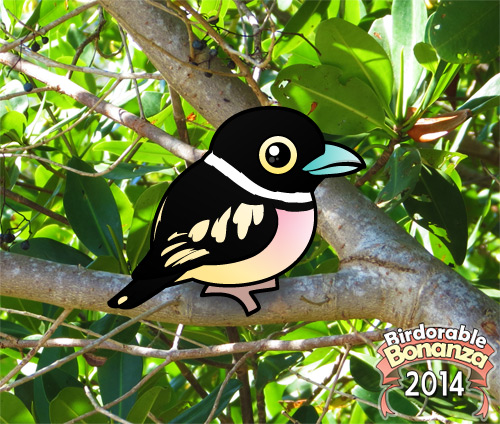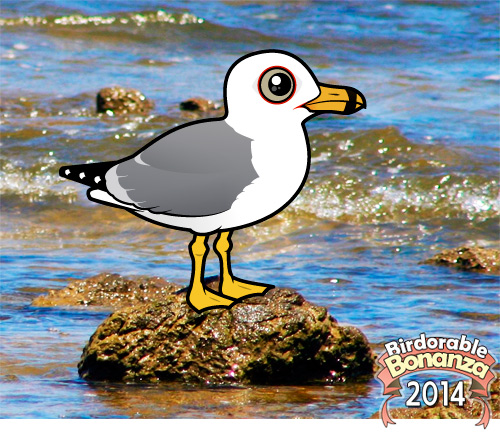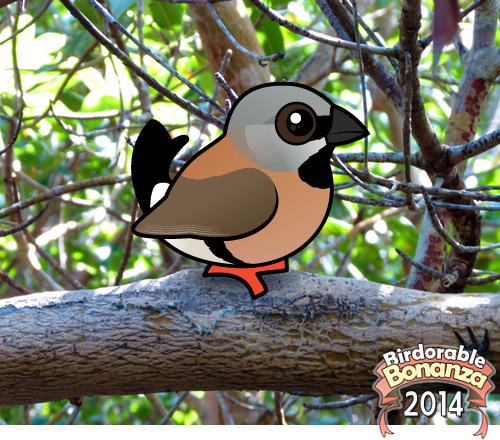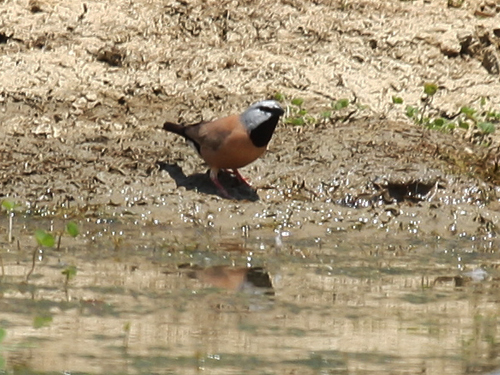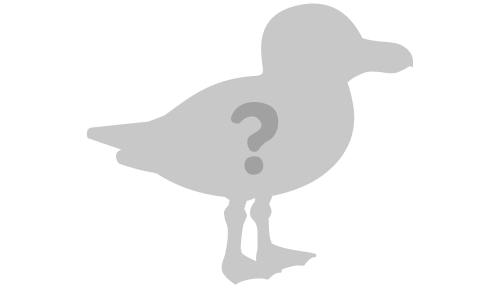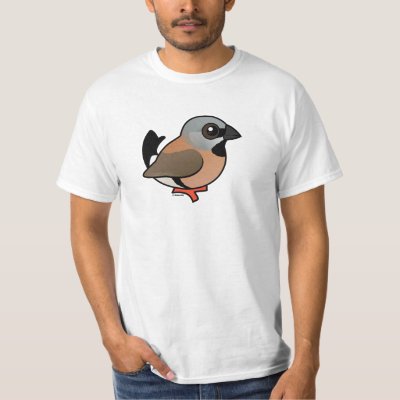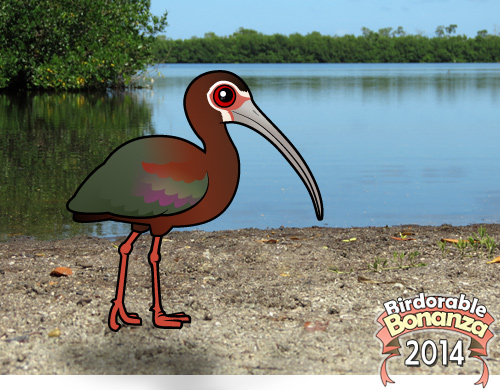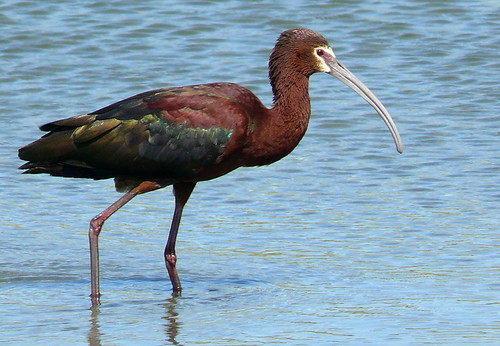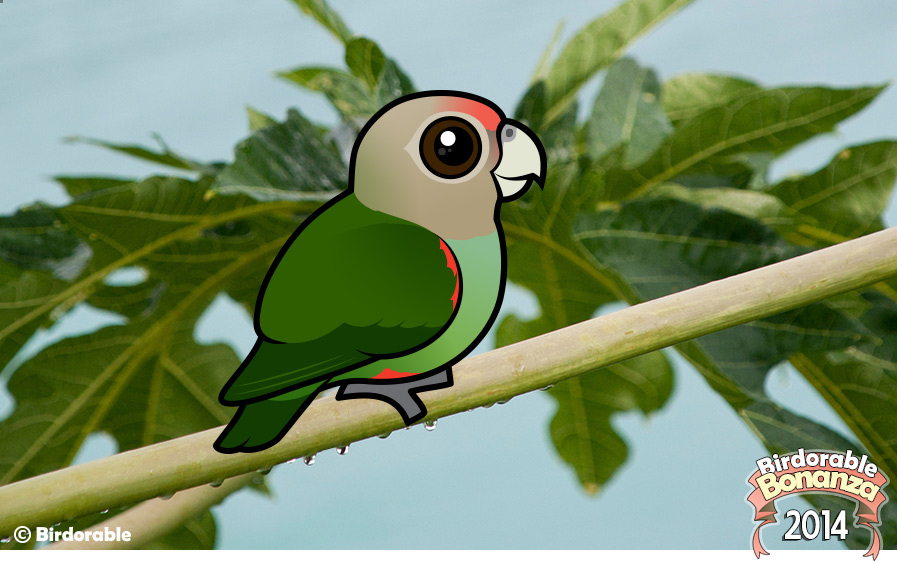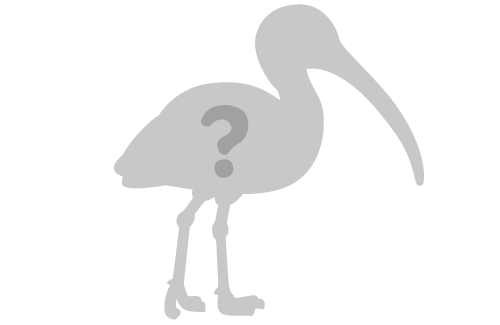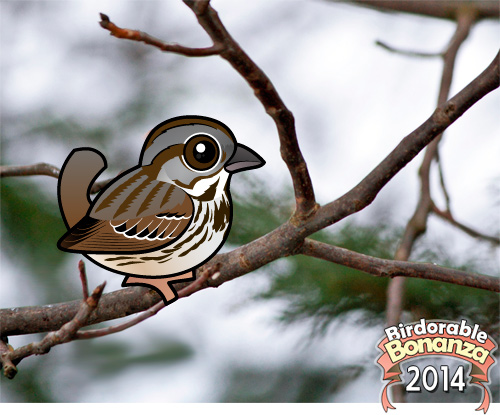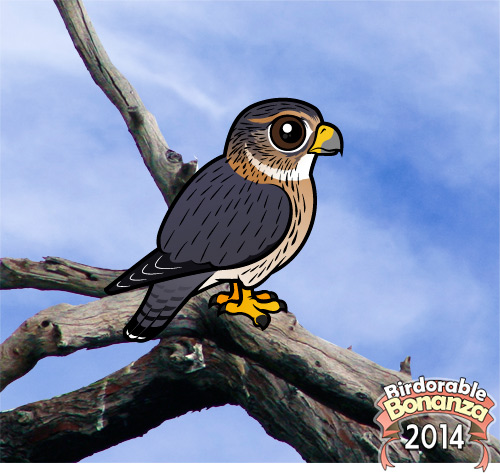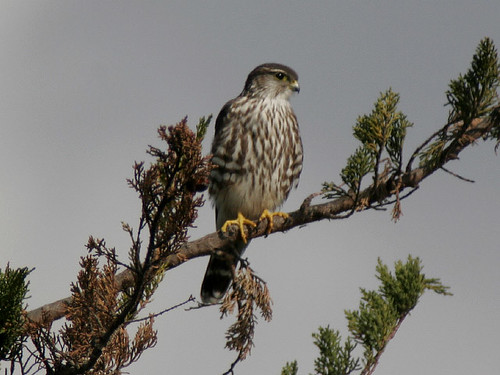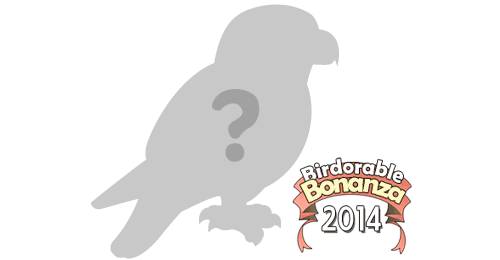The final new bird species in our 2014 Bonanza is a small, colorful species found in parts of Southeast Asia, the Black-and-yellow Broadbill!
The Black-and-yellow Broadbill is one of 15 species of broadbill in the world. Broadbills are found in sub-Saharan Africa and across Asia. The Black-and-yellow Broadbill is a resident species across parts of Southeast Asia, including Indonesia and Thailand.

Black-and-yellow Broadbills make large pear-shaped purse-like nests that hang from tree limbs. The nests may be made from moss and leaf skeletons and be lined with roots and leaves. The clutch size is usually three eggs. The Black-and-yellow Broadbill joins Birdorable today as our 565th species, and our first broadbill. If you like this striking bird as much as we do, be sure to check out our selection of cute Birdorable Black-and-yellow Broadbill t-shirts and gifts. That wraps up our 2014 Birdorable Bonanza! Thanks for following our blog and stay tuned for more new birds to be added in the future!

